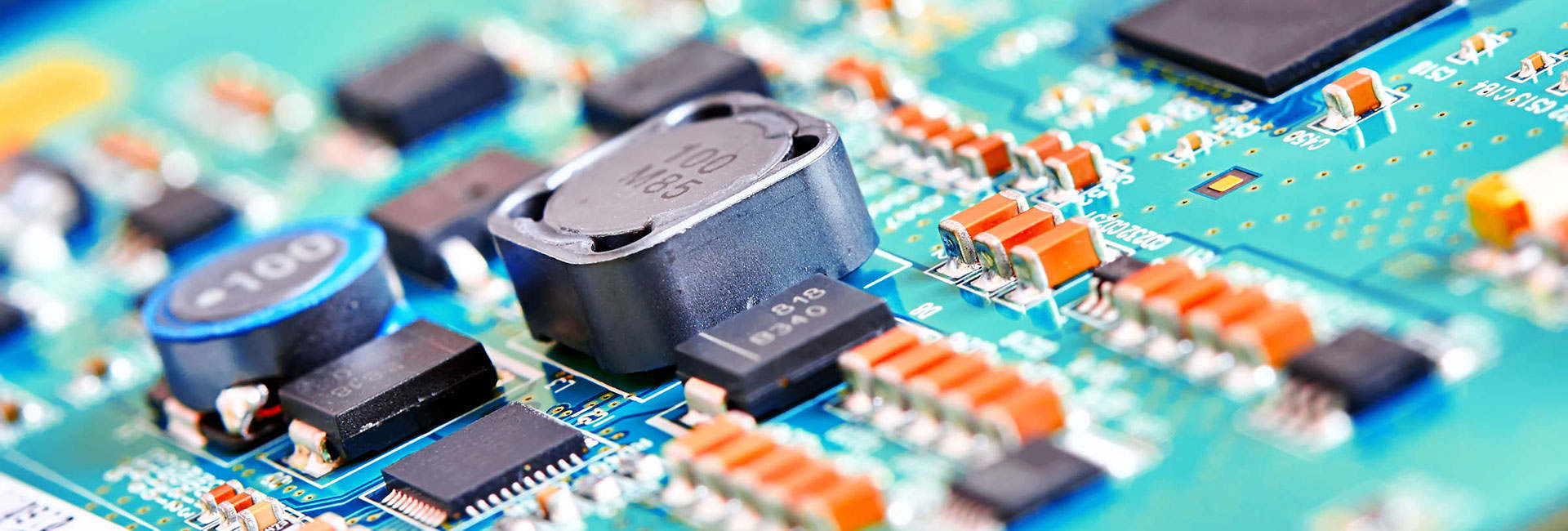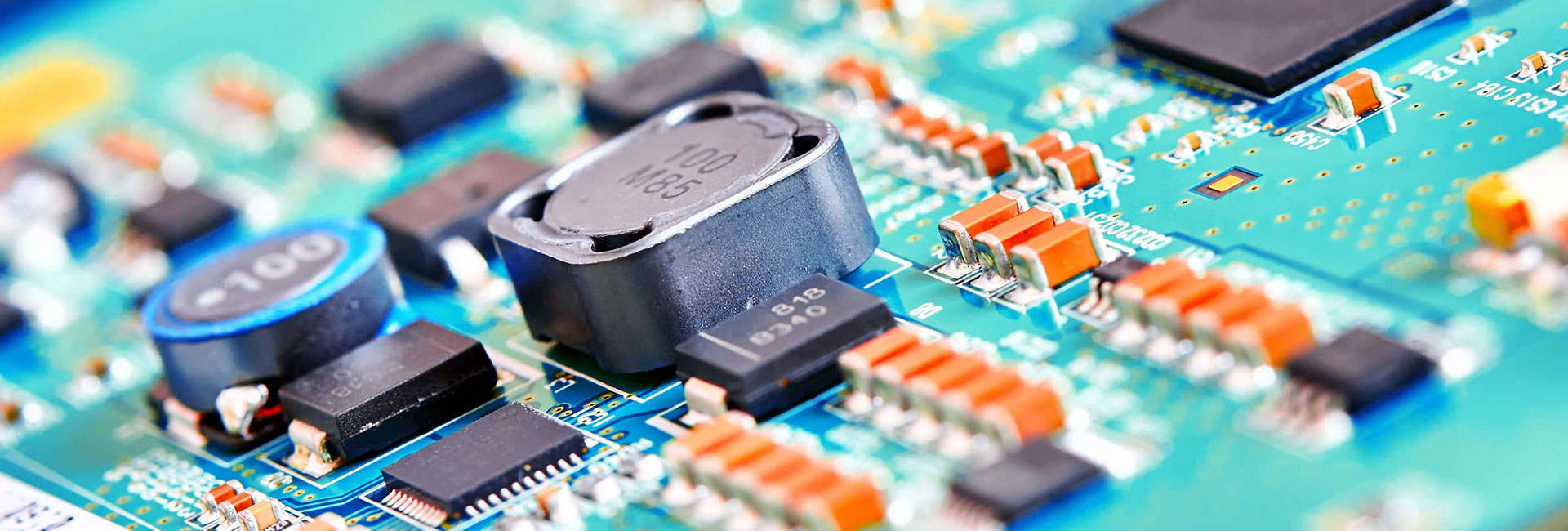
The B2B platform for the best purchasing descision. Identify and compare relevant B2B manufacturers, suppliers and retailers
Close
Filter
Result configuration
Continents
Select continent
Locations
Result types
Company type
Select company type
Industries
Select industry
Company status
Select company status preset
Number of employees
Min.
Max.
Founding year
SISTech Co. Ltd.
Seoul, South Korea
A
1-10 Employees
2021
Key takeaway
SISTech is a leading provider of engineering technology and artificial intelligence solutions that enhance operational efficiency. Their collaborative approach with clients fosters innovation and helps organizations gain a competitive edge through tailored solutions.
Reference
Core business
SISTech
SISTech
SCA Inc.
Seoul, South Korea
A
1-10 Employees
2004
Key takeaway
SCA provides consulting services for verifying the layout suitability of logistics automation systems and manufacturing systems, as well as optimizing their layouts. Additionally, SCA supplies software from Applied Materials, Rockwell Automation, and TechViz, positioning itself as a key player in the integration of automation solutions.
Reference
Service
Services | SCA
UBIVELOX
Bucheon-si, South Korea
A
101-250 Employees
2000
Key takeaway
UBIVELOX offers optimized payment technology solutions that cater to various operating systems and platforms, demonstrating their capability to integrate innovative systems that meet customer demands. Their commitment to regulatory requirements and environmental protection further underscores their dedication to providing comprehensive and sustainable solutions.
Reference
Product
UBIVELOX
Looking for more accurate results?
Find the right companies for free by entering your custom query!
25M+ companies
250M+ products
Free to use
Technologies which have been searched by others and may be interesting for you:
A selection of suitable products and services provided by verified companies according to your search.

Service
Custom Electronics
Go to product
A selection of suitable use cases for products or services provided by verified companies according to your search.

Use case
Custom Electronic Design
automotive, E-mobility, automation, industrial automation, machinery, industrial machinery, smart industry, industry 4.0
Electronic design frameworks Electronic design starts from the component layout specification. Also, it consists in the definition of interconnections and PCB technology. Finally, component selection is formalized (BOM, Bill of Material), such as the circuit schematics and the layout of PCB traces (gerber file). If the Electronc Systems is composed of multiple circuit boards, electronic design includes the description of the interconnection schemes, and the instructions for the wiring manufacturing. Adgenera develops electronic circuits tailored and suitable for any application. It selects the most valuable technology for the peculiar field of application, in order to ensure the maximum reliability. Electronic design frameworks Custom-designed electronic solutions can be found in many sectors, covering various fields of application and meeting Client needs. The most frequent requests are: design “from the scratch” miniaturization of an existing circuit board cost Reduction electronic board update, when components are no longer available engineering a prototypal board, either partially or completely working functional improvement (for example, adding a wireless interface) performance improvement (for example, power consumption reduction) Other elements increase the complexity of the electronic design: legacy firmware for the previous version of board need for a custom / legacy interface to other electronic existing systems availability of the components on the market within a certain amount of time project constraints due to standards or certifications The steps of the Electronic Design Electronic design aims to respond to the request of designing and producing electronic circuit boards. First, the customer is interviewed on the characteristics of the electronic system to be designed.. The customer is actively involved to identify the best design choices. This preliminary phase leads to the correct identification of development times and costs, allowing the customer to verify the compliance with his needs and to create a preliminary project planning. Now the electronic scheme can be designed. Specific skills of our designers are applied to correctly select and size the components. Once the scheme has been designed, the electronic components available on the market are selected. Then, they will be soldered to the electronic board during its production phase. We select the most suitable package of components depending on the layout, the space available and the type of application. This design phase leads a draft of the BOM (Bills of Materials) necessary to supply and solder the right components. The electronic components chosen are placed on the board surface. Their positions strictly match design constraints principles to guarantee the correct functioning of the electronic system. Usually several alternative arrangements are evaluated. Finally, the chosen one is the one that leads to the best result once the electronic card is produced. Once the components are finally placed in the board, it is necessary to draw the connections (tracks) that appropriately connect the pins of the components themselves. The tracks design needs to follow many rules and best practices: although there are infinite ways to connect the chosen components, only a few solutions guarantee a good quality card. The preliminary electronic design project is ready: the first board samples are created to check the functionality and performance of the designed electronic system in the laboratory. During the tests, the laboratory instrumentation verifies that each quantity measurable on the card corresponds to the value theoretically calculated during the electronic scheme design.

Use case
Custom Electronic Design
automotive, E-mobility, automation, industrial automation, machinery, industrial machinery, smart industry, industry 4.0
Electronic design frameworks Electronic design starts from the component layout specification. Also, it consists in the definition of interconnections and PCB technology. Finally, component selection is formalized (BOM, Bill of Material), such as the circuit schematics and the layout of PCB traces (gerber file). If the Electronc Systems is composed of multiple circuit boards, electronic design includes the description of the interconnection schemes, and the instructions for the wiring manufacturing. Adgenera develops electronic circuits tailored and suitable for any application. It selects the most valuable technology for the peculiar field of application, in order to ensure the maximum reliability. Electronic design frameworks Custom-designed electronic solutions can be found in many sectors, covering various fields of application and meeting Client needs. The most frequent requests are: design “from the scratch” miniaturization of an existing circuit board cost Reduction electronic board update, when components are no longer available engineering a prototypal board, either partially or completely working functional improvement (for example, adding a wireless interface) performance improvement (for example, power consumption reduction) Other elements increase the complexity of the electronic design: legacy firmware for the previous version of board need for a custom / legacy interface to other electronic existing systems availability of the components on the market within a certain amount of time project constraints due to standards or certifications The steps of the Electronic Design Electronic design aims to respond to the request of designing and producing electronic circuit boards. First, the customer is interviewed on the characteristics of the electronic system to be designed.. The customer is actively involved to identify the best design choices. This preliminary phase leads to the correct identification of development times and costs, allowing the customer to verify the compliance with his needs and to create a preliminary project planning. Now the electronic scheme can be designed. Specific skills of our designers are applied to correctly select and size the components. Once the scheme has been designed, the electronic components available on the market are selected. Then, they will be soldered to the electronic board during its production phase. We select the most suitable package of components depending on the layout, the space available and the type of application. This design phase leads a draft of the BOM (Bills of Materials) necessary to supply and solder the right components. The electronic components chosen are placed on the board surface. Their positions strictly match design constraints principles to guarantee the correct functioning of the electronic system. Usually several alternative arrangements are evaluated. Finally, the chosen one is the one that leads to the best result once the electronic card is produced. Once the components are finally placed in the board, it is necessary to draw the connections (tracks) that appropriately connect the pins of the components themselves. The tracks design needs to follow many rules and best practices: although there are infinite ways to connect the chosen components, only a few solutions guarantee a good quality card. The preliminary electronic design project is ready: the first board samples are created to check the functionality and performance of the designed electronic system in the laboratory. During the tests, the laboratory instrumentation verifies that each quantity measurable on the card corresponds to the value theoretically calculated during the electronic scheme design.
In the System Integrator industry in South Korea, several key considerations stand out for anyone researching companies in this field. Understanding the regulatory landscape is crucial, as the South Korean government is proactive in implementing policies to support technology innovation while ensuring compliance with data protection standards. The industry faces challenges such as rapid technological advancements and a shortage of skilled talent, which can impact project timelines and quality. However, opportunities abound, particularly in sectors like smart manufacturing and IoT, driven by the country's push towards digital transformation. The competitive landscape is characterized by a mix of established players and emerging startups, creating a dynamic environment where innovation is essential. Additionally, environmental concerns are increasingly important, with many companies adopting sustainable practices to meet both regulatory requirements and consumer expectations. South Korea's strategic position in the global market enhances its relevance, as many local firms collaborate with international partners to expand their reach and capabilities. Overall, staying informed about these factors will aid in making well-rounded decisions when engaging with the System Integrator industry in South Korea.
Some interesting numbers and facts about your company results for System Integrator
| Country with most fitting companies | South Korea |
| Amount of fitting manufacturers | 3 |
| Amount of suitable service providers | 2 |
| Average amount of employees | 1-10 |
| Oldest suiting company | 2000 |
| Youngest suiting company | 2021 |
Some interesting questions that has been asked about the results you have just received for System Integrator
What are related technologies to System Integrator?
Based on our calculations related technologies to System Integrator are Education, Engineering Services, IT & Technology Services, Healthcare Services, Consulting
Who are Start-Ups in the field of System Integrator?
Start-Ups who are working in System Integrator are SISTech Co. Ltd.
Which industries are mostly working on System Integrator?
The most represented industries which are working in System Integrator are Automation, IT, Software and Services, Other
How does ensun find these System Integrator Companies?
ensun uses an advanced search and ranking system capable of sifting through millions of companies and hundreds of millions of products and services to identify suitable matches. This is achieved by leveraging cutting-edge technologies, including Artificial Intelligence.